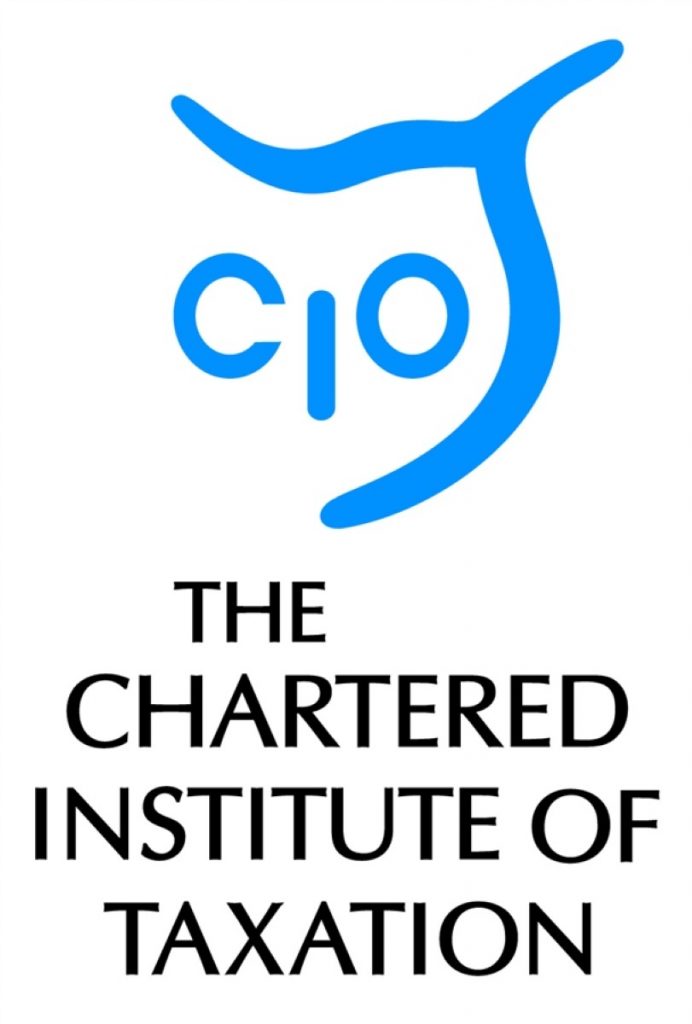The management of assets such as money, investments, land or buildings in relation to inheritance tax (IHT) are in the spotlight as a result of the death of the Duke of Westminster.
A read through the internet shows headlines such as ‘How the Duke of Westminster dodged IHT’, ‘Inheritance tax, and how the Dukes of Westminster avoid it on their £9 billion fortune’ and ‘Duke of Westminster and IHT – a tragedy from all perspectives’.
It has even led to calls for a new ‘Duke of Westminster Tax’, with a belief that the general anti-avoidance rule, introduced under the last Coalition Government, does not go far enough.
So how do the rules work and has it always been this way?
Modern IHT dates back to the 19th century when the Government introduced estate duty, a tax on the capital value of land. The Guardian has produced a brief history of IHT dating back to Napoleon.
However, it is the relationship between IHT and trusts that has been highlighted in the Duke story.
The benefits of trusts to some, are that they do not form part of somebody’s estate. Instead of one-off taxation, trusts are now generally subject to charges every 10 years from the anniversary of their creation.
It is understandable that the Duke of Westminster’s estate drew a lot of attention because many people questioned why minimal IHT was paid when his estate was estimated to contain assets worth £9.35 billion. However, the main capital value (substantial land in fashionable London and elsewhere) appears not to have been contained in his personal estate because it had been put into trust many years ago, leaving the Duke a limited personal estate.
Trusts are not public documents but the type of trust likely to have been set up, many years ago, will be discretionary, meaning that the Duke was not personally entitled to income and the trust’s capital value is subject to IHT under a discrete régime from his estate.
Under a discretionary trust the trustees usually can decide how to use the trust income, and sometimes the capital. According to HMRC’s website they are sometimes set up to put assets aside for a future need, like a grandchild who may need more financial help than other beneficiaries at some point in their life or beneficiaries who are not capable or responsible enough to deal with money themselves.
Using discretionary trusts, taxed under the relevant property regime, effectively replaces payment of 20 per cent IHT on certain lifetime gifts, or 40 per cent on death, with a charge of no more than six per cent every 10 years or when capital is withdrawn at other times.
Of course, we do not see the size of trusts which are not made public, unlike an estate where probate – when a will is proved in a court and accepted as a valid public document – is needed. This can lead to suspicion among the public about a situation like the Duke’s.
Reservation of benefit rules have, since 1986, stopped most people having their cake and eating it; while the introduction of the pre-owned assets tax charge in 2004 was an ingenious way of trapping those who get round the rules, by charging to income tax the benefit of using an asset you have previously owned.
As the HMRC website sets out, everybody is free to gift money, property and possessions. Gifts are not counted towards the value of your estate after seven years unless you 'retain a benefit' by continuing to enjoy the use of the asset.
Anything gifted more than seven years before death can be free of tax but we do not know exactly when we will die and how much capital and income we will need until then. So many end up keeping back more than they will need. How fortunate if you are able to make absolute gifts in advance, or keep in trust, so that you can get what you need to live without paying IHT! This is not so easy to achieve now with lifetime IHT to pay on trusts over the IHT Nil rate band. The IHT free limit of £325,000 is not that much to put in trust and how easy it is to be caught by the reservation of benefit rules.
The arrangements from which the Duke’s estate benefited are likely to have been set up long before 1986, under a less rigorous IHT régime than would apply to anyone setting up a trust today.
By John Bunker, a member of the Chartered Institute of Taxation Succession Taxes Sub-committee.





-01.png)